For the first time, the Thomas and Uber Cup Finals will be preceded by a full-strength men’s and women’s team badminton championship tournament in Asia but there is more behind this new staging of what is actually a very old competition format in the badminton world’s strongest continent.
By Don Hearn. Photos: Badmintonphoto
Badminton’s oldest World Championship, the Thomas Cup, will be awarded in May to the nation with the best men’s team and a day earlier, the Uber Cup will go to the triumphant women’s team. But while the qualifiers have long been selected through playoffs within each of the five continental confederations, 2016 marks the first time that continental men’s and women’s team championships will be held in Asia in the run-up to the Cup finals.
However, not only does this type of competition go way back in Asian badminton history, but for many players and teams, the Badminton Asia Team Championships in Hyderabad this February will serve an end beyond the Thomas and Uber Cup (TUC) Finals this spring. Current and former top ten players such as Tian Qing, Yu Yang / Tang Yuanting (pictured above), Sho Sasaki, and many more could be hoping for a boost in Hyderabad toward their bids to qualify for the Rio Olympics.
How the continent has chosen its best
For decades, geography was largely incidental to how the qualifiers were chosen for the TUC Finals. From 1948 – when Asia had no qualifying tournament and India played in the Pan American Zone – to 2002 – when India and Sri Lanka attempted to qualify through a preliminary event in Europe – the road to the Finals was literally all over the map.
Even since 2004, when the present system came into being, whereby the continental confederations would stage qualifying events to decide who would advance to the Finals in May, it never necessitated a full-strength field in Asia. For one thing, the host of the final round – which has not been held outside of Asia since 1982 – automatically qualified for a spot, as did the defending champions, which have always been Asian teams ever since the U.S.A. last won the Uber Cup in 1963.
At the same time, Europe staged a full-on qualification event with its best teams in 2004 and in 2006, it became instituted as a regular, biennial event that was held even in 2014, when the TUC qualifiers were selected purely on the basis of the world team ranking, with no preliminary events needed.
Hosts and champs, all aboard
In 2012, something changed. Suddenly, the Asian Zone of the Thomas & Uber Cup Preliminary Round was billed simultaneously as the 2012 Asian Team Championships and China fielded both a men’s and women’s team, even though the latter was already assured of a spot in the Uber Cup finals as the host team and the latter was automatically in as both the host and Thomas Cup holders.
It was well known, at the time, that China’s decision to participate in the event would chiefly benefit players such as Chen Jin, who did not have ranking points from a team event. In hindsight, Chen would still have qualified for the London Olympics, but by only a very narrow margin, without the team points he earned in Macau that time.
In 2016, China is again automatically qualified for both the Thomas and Uber Cup Finals in May as the host nation. However, China is fielding both men’s and women’s teams in February, as is Thomas Cup holder Japan. Unlike even the 2012 event, where Uber Cup holder Korea made use of its automatic ticket and rested its players in February, the Hyderabad competition will be a true Asian Team Championship, the first of its kind.
Which came first?
Although the 2012 men’s competition was already at full strength, that actually made it a reprisal of a long-dormant competition. Between 1962 and 1993, there were ten Asian Men’s Team Badminton Championship events, usually held in concert with the continental individual championships. Between 1997 and 2001, there were also three editions of a different, scaled down men’s team event called the Asian Cup.
Just because only the men’s team event accompanied the individual continental championships, that is not to say that competition among women’s teams has been completely ignored over the last five decades. In fact, the true team bragging rights on the continent since 1962 have been associated with the Asian Games.
The Asian Games have had both men’s and women’s team events for as long as they have included badminton. Moreover, the best-of-5 format, involving three singles players and two doubles pairs, was used right from that inaugural 1962 Asiad in Jakarta, at a time when the Thomas and Uber Cups were using best-of-9 and best-of-7 formats respectively.
Who will win, who will qualify?
The way the BWF rules are set up, all four semi-finalists from the Badminton Asia Team Championships will qualify for the TUC Finals in May. Additionally, once the hosts, cup holders, four European semi-finalists and the top teams from the African, Pan Am, and Oceania confederations are added in, the top three teams according to the world team ranking system will flesh out a field of 16 teams.
This means that Asia can send a maximum of nine men’s teams and eight women’s teams, as long as those last three teams have team rankings ahead of any from Europe or elsewhere who have not qualified based on their performance in their continental championships. At present, Asia accounts for 9 of the top 10 men’s teams and 8 of the top 10 women’s so basically the only way Asia would be held to fewer than the maximum would be for a high-ranked team like Denmark or Germany to fail to reach the semi-finals in the European Team Championships.
The other qualification
With all eight likely quarter-finalists almost certain to qualify for the TUC Finals, a separate factor that could be drawing many of the best players to Hyderabad this winter is the world ranking points, which all players are looking to maximize as they attempt to qualify for the Rio Olympics. In 2012, Chen Jin enjoyed two easy wins and still earned more points than he could have from winning a Grand Prix Gold.
This time around, China has all but clinched its maximum of two spots in all but one discipline so this ranking point incentive is not so relevant. However, the one way in which the Chinese contingent next week is nothing like a B team is in women’s doubles. Hong Kong Open finalists Tian Qing / Zhao Yunlei (pictured, above left) and Tang Yuanting / Yu Yang have been named to the team, neither pair has earned any points, to speak of, from a team event, and both are still in the hunt for a spot in the top 8, which would allow them to be part of a two-pair contingent for China in Rio.
Japan’s teams for the February championships are at full strength, even though they too have automatically qualified for the Thomas Cup Finals as defending champions. Japan’s second men’s singles player Sho Sasaki has no team points from the Sudirman Cup and is still chasing a spot in the top 16. Their 2nd and 3rd men’s doubles pairs are a long way from the top 8 but if they haven’t given up on closing their 18,000-point shortfall, they will be keen to make a good showing next week.
With the exception of Malaysia, which is not sending any male players who have a shot at qualifying for Rio, the team championships could serve as a point trove for plenty of teams who are looking to add second qualifiers, most of whom do not have team points from last May’s Sudirman Cup, which by and large featured only the top player or pair in each discipline.
From looking at the current Rio standings, we can see that Indonesia so far has only one qualifier in each of the men’s disciplines, while Korea is struggling to keep a second shuttler in the men’s singles top 16, fending off eager climbers from India and elsewhere. Thailand and Chinese Taipei are still without second qualifiers in women’s singles, while Korea’s Bae Yeon Ju (pictured bottom) needs all the help she can get to stay afloat in the top 16.
‘Groups of Death’
Perhaps among the hungriest will be some top pairs as well. Not only are Vivian Hoo / Woon Khe Wei very important to Malaysia’s bid to qualify for the Uber Cup finals, but they are currently still ranked outside the range to qualify for Rio, even as the top pair from their nation.
Depending on even fewer points from the Sudirman Cup are Thailand’s top men’s doubles pairs. Bodin Issara / Nipitphon Puangpuapech (pictured) earned a mere 2720 from the last team event and Kedren/Puavaranukroh have none. Both are chasing the 14th men’s doubles spot for Rio.
Malaysia’s women and Thailand’s men also have among the most difficult tasks ahead of them in Hyderabad. Malaysia will have to finish ahead of either China or Hong Kong in order to reach even the quarter-finals and Thailand has Indonesia and Chinese Taipei standing between it and the final eight. In the world rankings for women’s team, Malaysia is only barely ahead of Spain, a team with a lot of points but which has never reached the continental semi-finals.
All five continents will be holding their men’s and women’s team badminton championships the same week. While most of the Asian powers are already confident of their inclusion in the Thomas and Uber Cup Finals, with the Asian teams going at it with ranking points on the line, we can expect plenty of high-quality badminton matches in Hyderabad this winter.
Click here to see the complete group draws
![ASIAN TEAM CHAMPS 2015 – The first that isn’t For the first time, the Thomas and Uber Cup Finals will be preceded by a full-strength men’s and women’s team badminton championship tournament in Asia but there is more behind […]](http://www.badzine.net/wp-content/uploads/Newsflash-thumbnail.png)
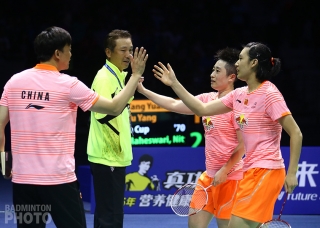
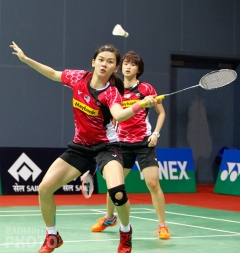
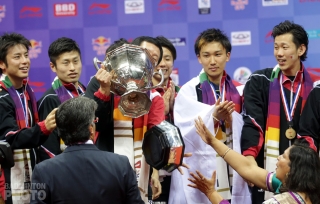
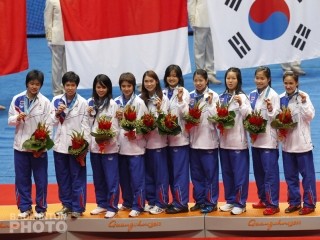
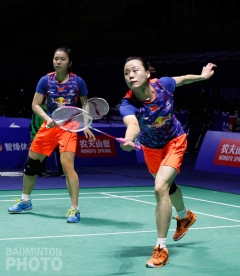
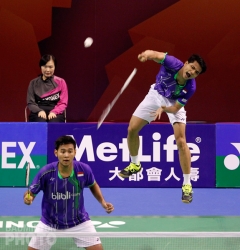
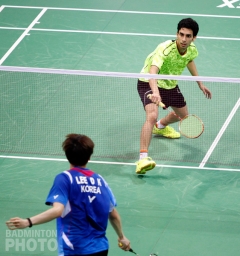
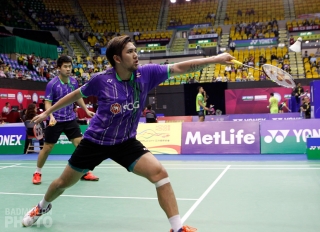
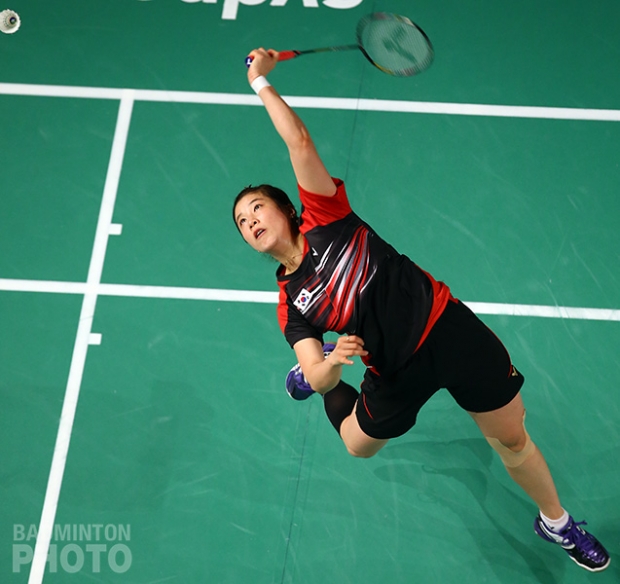

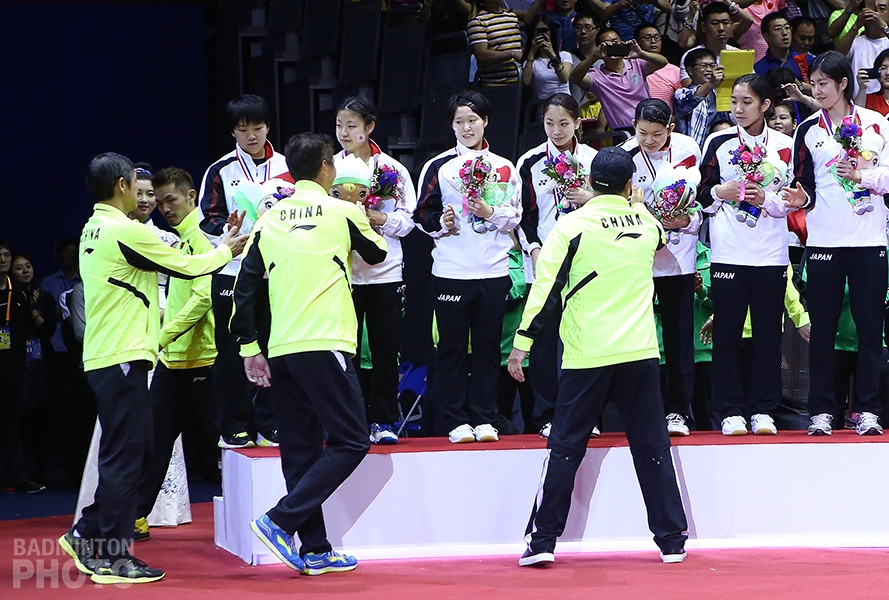
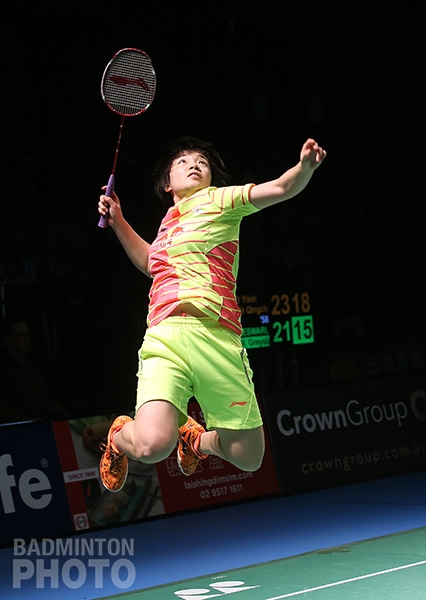
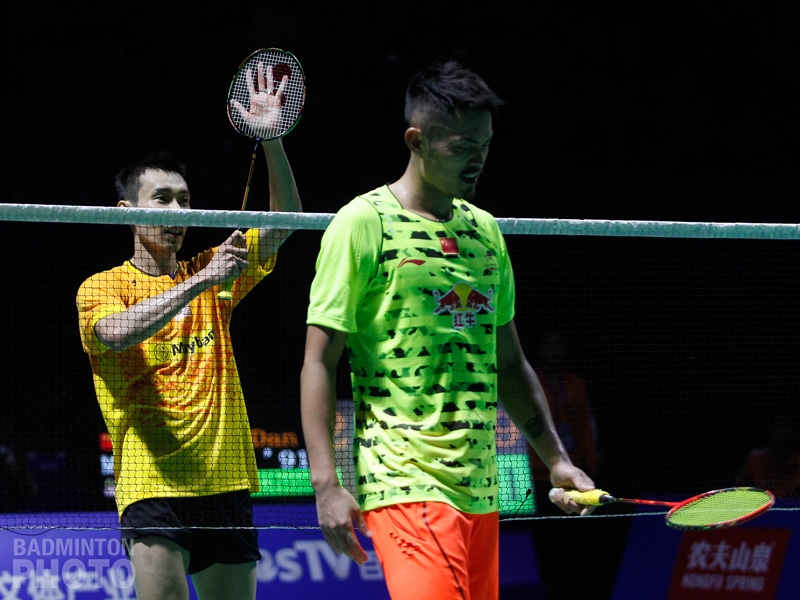
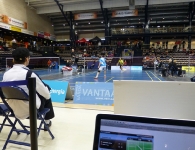
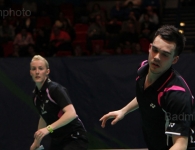
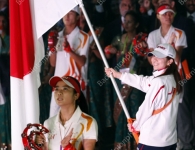
Leave a Reply